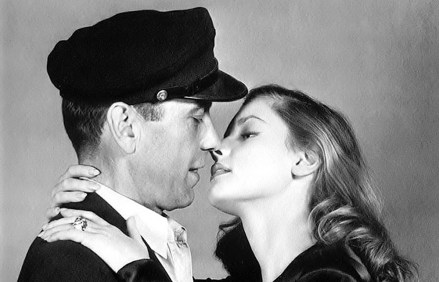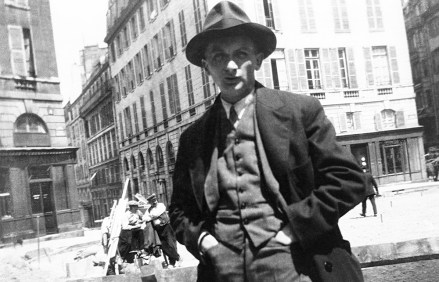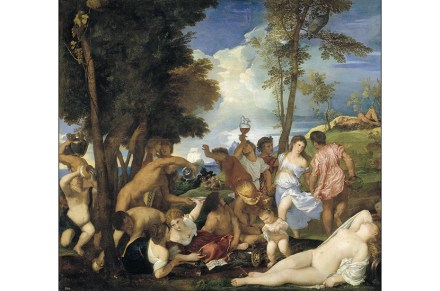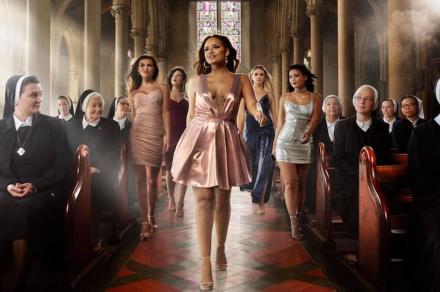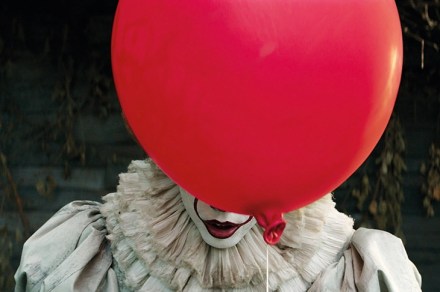Repenting at leisure: Early Sobrieties, by Michael Deagler, reviewed
Garlanded with praise from Percival Everett (‘the real deal’), Michael Deagler’s debut novel Early Sobrieties arrives with a fully formed literary voice best described as hysterical understatement. ‘Like all histories,’ Deagler’s twentysomething ex-alcoholic protagonist Dennis Monk tells us early on, ‘my family’s seemed composed of a series of recurring mistakes that, while theoretically avoidable, tended nevertheless to repeat themselves.’ Back living with his folks in suburban south Philadelphia after seven years of solid boozing, Monk is at leisure to repent his former life – a narrative of ‘utter shock and tragedy, a knee-capped bildungsroman’. The hysteria, while always close to the restrained surface of the prose, never quite breaks through.





